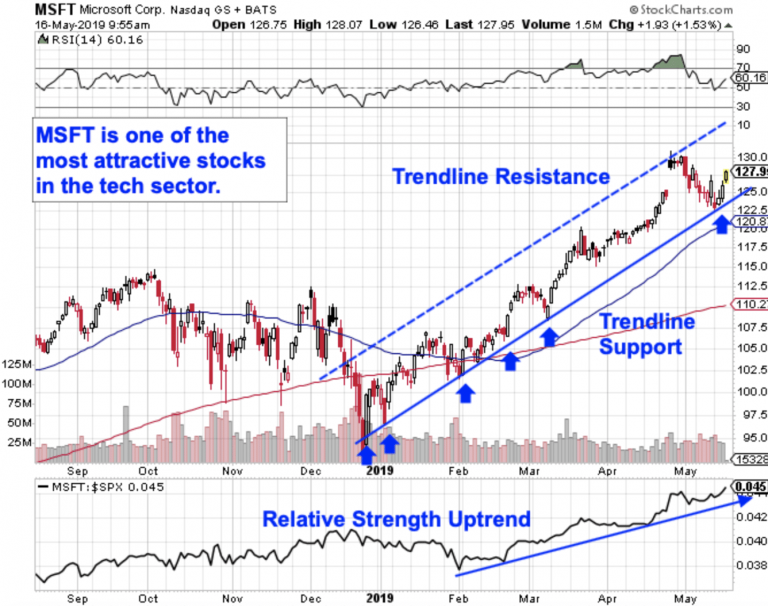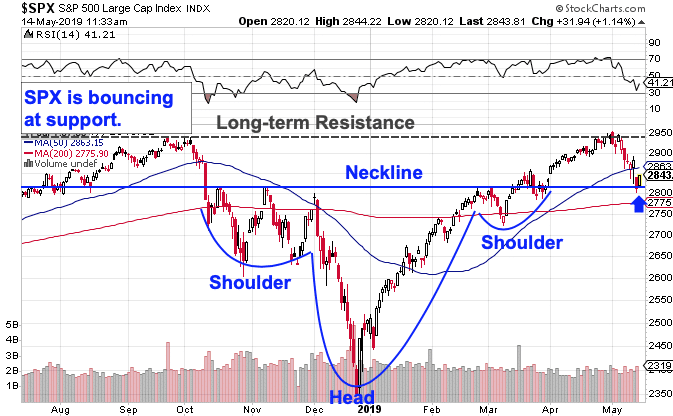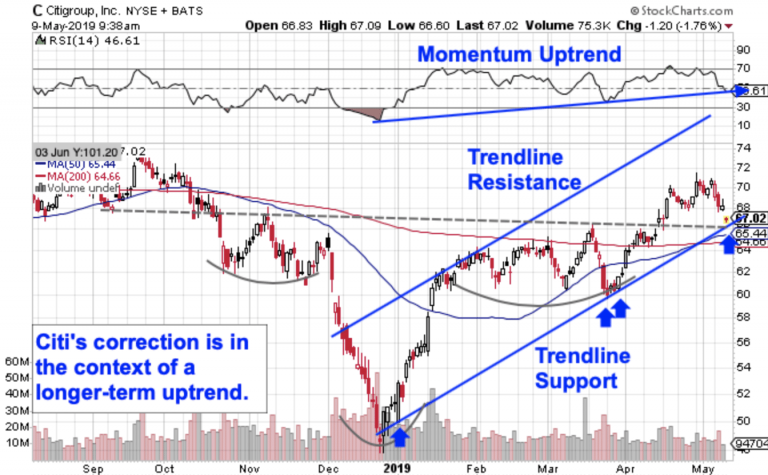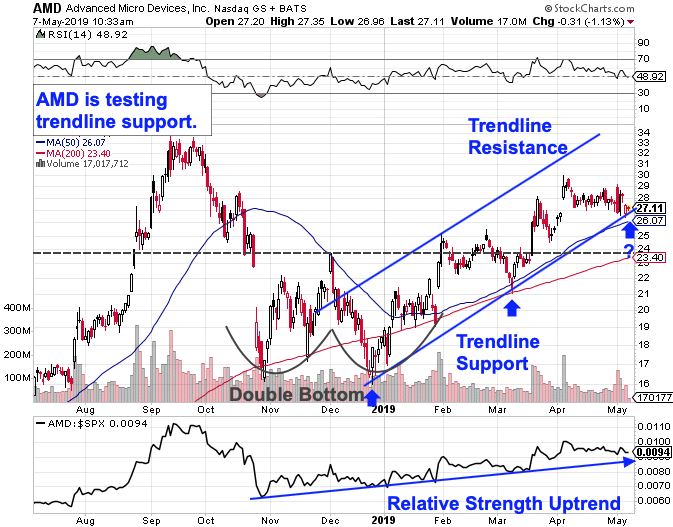According to a 2018 Gallup poll, 66% of Americans favor cannabis legalization. The writing is on the wall that marijuana is more than just a trend, and the majority of Americans understand that cannabis-based medicine could be a powerful alternative to doctors prescribing opioids.
The majority of Americans also understands that this is an industry that can create a massive number of new jobs and that the tax revenue can help improve schools and support infrastructure projects. In Colorado, for example, the first $40 million in cannabis taxes went to the BEST Grant Program, which is a fund that distributes money through grants for school construction.
You know all of this, and now you want to act on this information and buy the best pot stocks.
It’s certainly an exciting journey, and there could be a lot of money to be made. Some project that the cannabis market could eventually be worth $1 trillion.
That’s why at Wall Street Probe, we want to help you hit the ground running.
We have identified three pot stocks that you’ll want to add to your portfolio right now.
Before we talk about the stocks, we just want to make a quick note about the risks involved with cannabis investing. Just like with any investment, there is a chance that you will lose money. That’s why you should never invest what you can’t afford to lose.
You are the only one who knows your financial situation, and you are also the only one who knows your risk tolerance. Taking a risk is okay, but it has to be a calculated risk – and you have to understand why you are making it.
The more informed you are, the more likely it is for you to become a successful cannabis investor.
We’re excited that you’ve taken this first step to becoming a cannabis investor by reading this guide, so let’s jump right in and show you the three hottest pot stocks to buy right now.
This Cannabis Play Could Climb Over 100%
At Wall Street Probe, we talk a lot about cannabis banking. That’s because accessing loans and depositing money are still huge hurdles cannabis companies face.
But the progressive financial firms that realize how much money there is to be made working with legal cannabis companies will be handsomely rewarded.
And we’ve found the perfect play…
Let us show you why these five cannabis stocks could make you 1,000% or more in the weeks ahead.
We talked to our friend, banking expert and Special Situation Strategist, Tim Melvin, and he told us that as of right now, there is only ONE publicly traded bank taking on cannabis customers – the rest are credit unions or privately held banks.
We’ve held off talking about this company too much before because it faced some significant challenges outside of its cannabis business. However, those challenges seem to be behind it, and we could soon see a quick jump in the stock price thanks to some positive headwinds.
So right now, we’re going to share with you hopefully another big winner to add to your growing list of cannabis investments…
Why Severn Bank Makes the Cut
The company we’re talking about is Severn Bancorp Inc. (Nasdaq: SVBI), which is headquartered in Annapolis, Maryland.
Again, there are a lot of reasons to get excited about this pick. But first, we want to take a look at the challenges that we mentioned earlier. That way, it will give you a better idea of the pros and cons of owning Severn stock as a type of back-door cannabis play.
Severn has transitioned from slow growth to faster growth recently, after spending several years recovering from the financial crisis. Year-over-year growth in assets increased from only 2% in 2017 to 20.7% in 2018, with much of that growth in the second half of the year. Deposits showed a similar growth, from 5.3% in 2017 to 29.4% in 2018, mostly in the second half of the year once again.
Thanks to good management, the company has put that money to work profitably, increasing return on equity from 3.1% in 2017 to a more respectable 9% in 2018.
A big part of that was through controlling operating expenses. The bank’s efficiency ratio (lower is better) is the lowest it has been since 2012. From an operating point of view, that makes Severn a more desirable bank than it was just a few quarters ago. The company also now has a full year of stable dividend payments under its belt after suspending dividends from 2009 to 2018. It currently has a dividend yield of 1.39% and is looking to increase that dividend sometime this year.
As a bank, the other ongoing challenge Severn has faced is rising interest rates. The common thinking is that rising interest rates benefit banks, but that’s a lot less true for smaller banks than larger ones, and Severn is a small bank.
It even identified rising interest rates as a key risk to the company’s growth, but there’s good news. The U.S. Federal Reserverecently indicated that it would be pausing its interest rate increases until economic conditions justify another bump.
That means Severn can continue to grow and profit without fear that rising rates will hurt the demand for the loans that are powering its growth.
The Boom in Bank Consolidation
One trend in Severn’s favor is an increase in bank consolidation. Analysts and many economists have been calling for larger banks to buy smaller ones for some time now, and it is finally beginning to happen.
In particular, regional banks want to become larger and are buying each other and smaller banks. The reason is consumer-driven. Consumers demand advanced services like mobile banking, fast mortgage turnarounds, and instant and personalized customer service. The technology behind all those services is expensive, and smaller banks have a hard time keeping up.
Severn is a logical consolidation candidate, with only six branches but a large market share in one of the richest counties in America – Anne Arundel County, Maryland.
Just from an acquisition offer, shareholders could receive a premium from where the Severn stock price is trading today.
Let us show you why these five cannabis stocks could make you 1,000% or more in the weeks ahead.
And that brings us to the cannabis business.
Severn’s Bold Cannabis Move
Cannabis has been a big part of the turnaround story at Severn, particularly when it comes to profit growth. Cannabis-related deposits and loans were around 2% of Severn’s total deposits and loans as of September 30, 2018.
But cannabis companies also provided 16% of Severn’s non-interest income. Fees are very high in the cannabis industry, and this Maryland bank will continue to profit from them.
Below, you can see how the Severn stock price has been slowly climbing thanks to the recent positive stream of news about cannabis.
Looking at the chart now, we expect the company to grow at a more normal rate going forward.
The stock price could make a run at the high seen in that chart of $9.80 per share fairly soon – not bad for a potential quick buck, but the long-term potential is even better…
Over time, the company should bump up to near its all-time high of $21.14 per share, a level not seen since before the financial crisis. That means you could profit 100% or more depending on when you buy in.
And Severn isn’t the only pick we are watching.
The Landlord of Cannabis
A critical point for newer cannabis investors is that you don’t have to invest solely in companies that grow the plant or sell the actual product.
There are dozens upon dozens of companies operating in the United States that never “touch the plant,” meaning they don’t directly run afoul of U.S. federal law.
Such companies could be producing the containers cannabis is sold in at state-legalized stores in the U.S. or federally approved ones in Canada.
Others could be providing security services at farms, greenhouses, or retail dispensaries.
Let us show you why these five cannabis stocks could make you 1,000% or more in the weeks ahead.
Still others could be working on technological breakthroughs, including those used in “seed-to-sale” tracking software that is so important in states with tougher regulatory requirements.
These are all “pick-and-shovel” plays. And it’s a great way to cash in on the massive growth of this industry.
For those of you who signed up for our emails in the run-up to the historic American Cannabis Summit, you hopefully have already heard a little about how this stock has advantages over most cannabis companies in three key areas.
Here’s what we are talking about…
The Landlord of Cannabis Is Already a Moneymaker
Innovative Industrial Properties Inc. (NYSE: IIPR) has become one of our favorite plays in cannabis. The U.S.-based company is a real estate investment trust (REIT) that basically buys facilities – often from cannabis producers themselves – and then leases the properties back to the cannabis companies for their use.
Three things really stick out to us about this company – they’re things most cannabis companies simply can’t claim…
It’s profitable – so the business is stable and has an even lower risk than many other cannabis companies because there isn’t an issue with federal regulators.
It’s paying a dividend – so you can start collecting income fast; these are rare to find when it comes to cannabis.
It’s available on a major U.S. stock exchange – there’s no easier exchange to buy from than the New York Stock exchange, which hosts IIPR stock.
This American company is already thriving.
Now, imagine the upward potential when those federal financial restrictions finally get lifted. That will open up so many more opportunities for Innovative Industrial Properties.
One of the Best Marijuana Stocks You Can Own
On August 15, 2018, Constellation Brands (NYSE: STZ) made the biggest splash in cannabis history after making a $4 billion investment in Canopy Growth Corp. (NYSE: CGC), a premier cannabis grower and distributor based in Ontario, Canada – claiming a 38% stake in the company in the process.
And you’re going to see in just a bit why Constellation Brands is one of the hottest pot stocks to buy.
While that influx of capital instantly became the largest single investment ever made in the cannabis market and equipped Canopy to become the “King of Cannabis” in Canada and around the world, it’s important to note, however, that this wasn’t Constellation’s first stab at the cannabis market, or even Canopy Growth.
In October 2017, Constellation decided it was time to get involved in the legal cannabis market and bought a 9.9% stake in Canopy for roughly $191 million.
At the time, it was the first move by a Fortune 500 company or a major alcoholic beverage maker to own a stake in a cannabis business.
As part of the deal, Constellation can acquire as much as a 50% stake in Canopy over the next three years, should it exercise all available warrants. Constellation also has the opportunity to nominate four directors to Canopy’s board, which is composed of just seven members, thereby giving Constellation a controlling interest.
And yet, when people talk about investing in cannabis companies, they still tend to generally ignore Constellation’s stock.
Here’s why that is a mistake.
What’s Next for This Blue-Chip Cannabis Stock
When it comes to this stock, we have no doubt of three things.
First, Constellation Brands will, over time, take full operational control of Canopy Growth and assume ownership of it.
Second, Constellation has once again gotten in front of a major trend and beaten its competitors to the market.
Third, its competitors are going to follow suit.
That’s why we’re here to tell you point blank that not only is Constellation Brands now a cannabis company, it’s now a cannabis company we think every investor needs in their portfolio.
Make no mistake, this is not a stock to trade.
It’s a stock to buy more and more of over time.
Constellation now has the assets and logistical wherewithal to become the biggest name in the marijuana market, one that will continue to grow at high rates going forward, regardless of whether or not the U.S. fully legalizes the product.
It’s a stable business and has a fixed infrastructure and multiple business relationships to leverage.
There’s also one more thing…
Remember that, with its partnership with Canopy, Constellation now has the potential to add a new line of products to its current lineup. It has the first-mover advantage in marijuana beverages just as the market takes off.
Conclusion
There has never been a better time to become a cannabis investor.
The legal market in North America was worth more than $10 billion in 2018, and some expect that the entire cannabis market may one day be worth $1 trillion.
The writing is on the wall that there is a lot of money to be made, and we are glad that we can help you start your cannabis investing journey.
While these are three hot pot stocks we wanted to share with you, they are by no means the only pot stocks worth adding to your portfolio.
If you want more information on cannabis stocks and how to take your investing skills to the next level, visit us at TimelyTradeAlerts.com.
You can also sign up for our free weekly newsletter.
To your investing success,
Wall Street Probe
P.S. Don’t forget to sign up for our trade alert service. You’ll receive access to thousands of pages of due diligence on stocks, timely stock picks and trade alerts, trading and investing education resources, a member forum, Your own personal dashboard, and a boatload of other perks.
Let us show you why these five cannabis stocks could make you 1,000% or more in the weeks ahead.









